Today, most people are using solar lights in their homes because they are cost-effective and environmentally friendly. This famous solar lighting system is being adopted in both rural and urban areas. So, if you already have solar lights or aspiring to install them in your home, you’ll find this article useful.
We will discuss the five different types of batteries that can be used in solar lights. Each of them has pros and cons to help you identify the ones that will complement your preferences. Whether you’re looking for a battery type that will work best for your indoor or outdoor solar lights, this article will let you know everything you need.
What types of batteries are used in solar lights?
1. NiCad (Nickel Cadmium) Batteries
NiCad is a rechargeable battery with many advantages but has been largely replaced by NiMH batteries in many applications. It is the most popular choice since the 1990s because it comes in a similar size to alkaline batteries. Apart from being rechargeable, NiCad batteries also do not experience a voltage drop when their charge is low, which is a tremendous advantage over alkalines.
Unlike alkaline batteries with a drop in voltage to as low as 0.9V when the battery is discharging, NiCad batteries remain the same until they are completely discharged.
Even though these batteries are low in energy, they are long life and economically priced. However, NiCad is environmentally unfriendly because it contains toxic metals. They are also heavy and can die unexpectedly and rapidly.
Pros:
- Performs well even in low temperatures
- It is available in different sizes and performance options
- NiCad is economically priced due to its low cost per cycle
- This type was built for longevity because it can stay discharged for long
- It is the only battery that you can ultra-fast charge
Cons:
- Requires recharging after storage because they’re high self-discharge batteries
- It has a low cell voltage of 1.20V
- Cadmium is a toxic metal, making it hard to dispose
- It requires a periodic full discharge
- Has a relatively low-energy compared to other newer systems
2. Lead-acid battery
While weight is a little concern, Lead-acid is the most economical battery for larger power applications like solar, UPS systems, wheelchairs, and cars. Most users opt for this type of battery because of its compatible price range. It is more cost-effective than other advanced technologies. On average, the battery has a normal life of about five years, a low life cycle.
It is one of the oldest rechargeable batteries still in existence, so, if you’re wondering whether it competes in modern times, yes, it does! Over the years, the Lead-acid battery has been able to retain a market share because newer battery chemistries are a bit too expensive.
Lead-acid is not a fast-charging battery, as its typical charging time ranges between 8 and 16 hours. Unlike most modern batteries, the lead-acid battery requires a fully saturated periodic charge, which prevents sulfation and ensures effective recharging.
Nevertheless, this battery is filled with many negative attributes such as the need for regular maintenance, environmental concerns, and a high risk of explosion. It can be troublesome to handle when in extreme weather conditions. Deep cycling is not great with Lead-acid because a full discharge will only cause an extra strain on the battery, reducing its service life.
Pros:
- The periodic charge is fully saturated, hence no sulfating
- It is not expensive compared to newer battery technologies
- Susceptible to high discharge rates
- It is durable, reliable and offers dependable services
Cons:
- High risk of explosion
- Full discharge cycles are limited
- Lead-acid content is not environmentally friendly
- You cannot store Lead-acid in a discharged condition
- Has a low energy density
- If you charge it inappropriately, it could result in thermal runaway
3. NiMH (Nickel Metal Hydride)
NiMH is a type of battery that replaces NiCad batteries by providing incremental improvements in capacity while maintaining cycle life. When comparing Nickel Metal Hydride batteries to the standard NiCad, it has 30% more capacity and less susceptible to memory. Not to mention, NiMH requires a few periodic exercise cycles.
This type is also the most popular brand used in solar lights and other purposes as well. Although this kind of battery was invented in the late ’60s, it became commercially available in the late ’80s. These days, NiMH is labeled “environmentally friendly” because it does not have toxic metals, making disposal easier.
It is the current lightweight battery solution, cheaper and safer compared to other lithium variants. Besides, it holds more electric charge and is available in the same size as alkalines, and that’s why it’s a favorite selection to most solar light users.
While NiMH is an excellent type of battery, it has negative attributes too. If you use this type in low-energy consumption devices, it will self-discharge 1% per day. Storing in high or extremely low temperatures will also result in the degradation of NiMH’s performance.
Pros:
- Recharging these batteries is pretty easy
- Has a higher power density
- This type of battery has a better capacity than alkaline batteries
- Does not contain any toxic metals
- Available in the same size as alkaline batteries
Cons:
- Self-discharges relatively quickly
- Degrades performance if stored in elevated temperatures
4. Li-ion (Lithium-Ion) Battery
Li-ion is currently the fastest growing and most promising type of battery chemistry. It emerged in the early 90s and now has been gaining incredibly high customer acceptance. The energy density of Li-ion is high and typically twice that of a regular NiCad. It also has the potential for higher energy densities.
The battery requires less maintenance than other types of batteries and does not require scheduled and memory cycling to prolong its service life. Additionally, it suits applications like solar lights due to its less self-discharge which is less than half of the NiCad batteries. When disposed to a landfill, Lithium-ion batteries cause little harm.
Although this kind of battery has several positive attributes, it has its own drawbacks. If exposed to too high temperatures, it degrades very fast. The battery is quite fragile, and for safe operation, you will require a protection circuit. The aging of a Li-ion battery is a big concern due to its very short lifespan of two to three years. It is also costly compared to other battery chemistries.
Pros:
- High-energy density
- Requires low maintenance
- Li-ion has many types of batteries to choose from
- Improved safety due to its resistance to overcharge
- It is a lightweight battery
- The number of charges and discharge cycles is significantly higher
- It’s a higher voltage operation battery
- Has a lower self-discharge rate
Cons:
- Requires a protection circuit
- The battery suffers from aging
- Quite expensive than other modern batteries
- It degrades pretty fast if exposed to too high temperatures
- It is not available in standard sizes
5. LiFePO4 (Lithium Iron Phosphate) Battery
When comparing Lithium-Ion Phosphate battery to Li-ion, it is higher-priced and compact. Lithium-Ion Phosphate Battery is the improved version of the Lithium-Ion battery. It has a lower voltage drop than a Li-ion battery, making it less dependent on voltage regulating circuitry.
Today, this battery is the most effective and advanced brand in the market. It is famous because it is compatible even with the smallest solar panel. The battery requires no extra maintenance cost and can operate for at least 9-12 years without any issues.
It is a safer battery to use on outdoor solar lights because it can withstand extreme climate conditions. Unlike most batteries, LiFePO4 can operate in different ranges of temperatures making it a good fit. That’s not all; Lithium-Ion Phosphate batteries offer a lot more benefits compared to other lithium batteries and Lead-acid batteries.
The battery is environmentally friendly, quick to charge, and has constant output power. During discharge, this battery’s voltage stays up to 3.2 Volts until it exhausts the cell, allowing it to deliver power effectively. However, LiFePO4 cells have a slower capacity rate than Lithium-ion batteries.
Pros:
- It is the safest battery
- The battery has a stable thermal chemistry
- The cell does not have toxic and contaminating content
- Lithium iron phosphate batteries can live long with up to 5000 cycles
- It does not need active maintenance to prolong its service life
- It is a lightweight battery due to its high power density
- Highly efficient due to its quick charge and discharge rates
- Can tolerate an extreme range of temperatures making it a good fit for outdoor solar lights
Cons:
- It has a lower energy density, with a tap density (a measure of the energy per unit volume) ranging between 0.8 and 1.3
- Performs poorly under low temperatures
- Requires protection
- Has a lower energy density compared to Li-ion
Conclusion
Most people tend to use old batteries to have their solar lights working, but not all types are ideal for use with solar lights. There are types of batteries specifically designed for solar systems, and this article has discussed the most popular ones.
Each type of solar battery has a set of pros and cons. So, your selection depends on your budget, weather conditions, and daily solar energy requirements. If you have a clear understanding of what your solar lights require, you’ll be able to choose the best type of battery wisely.

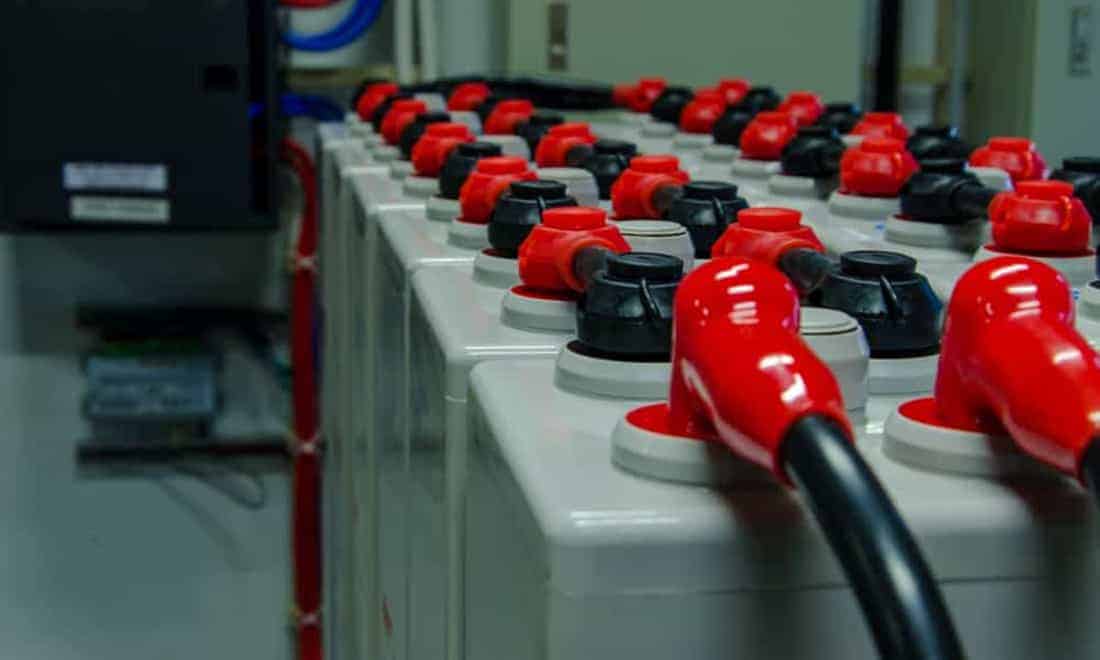
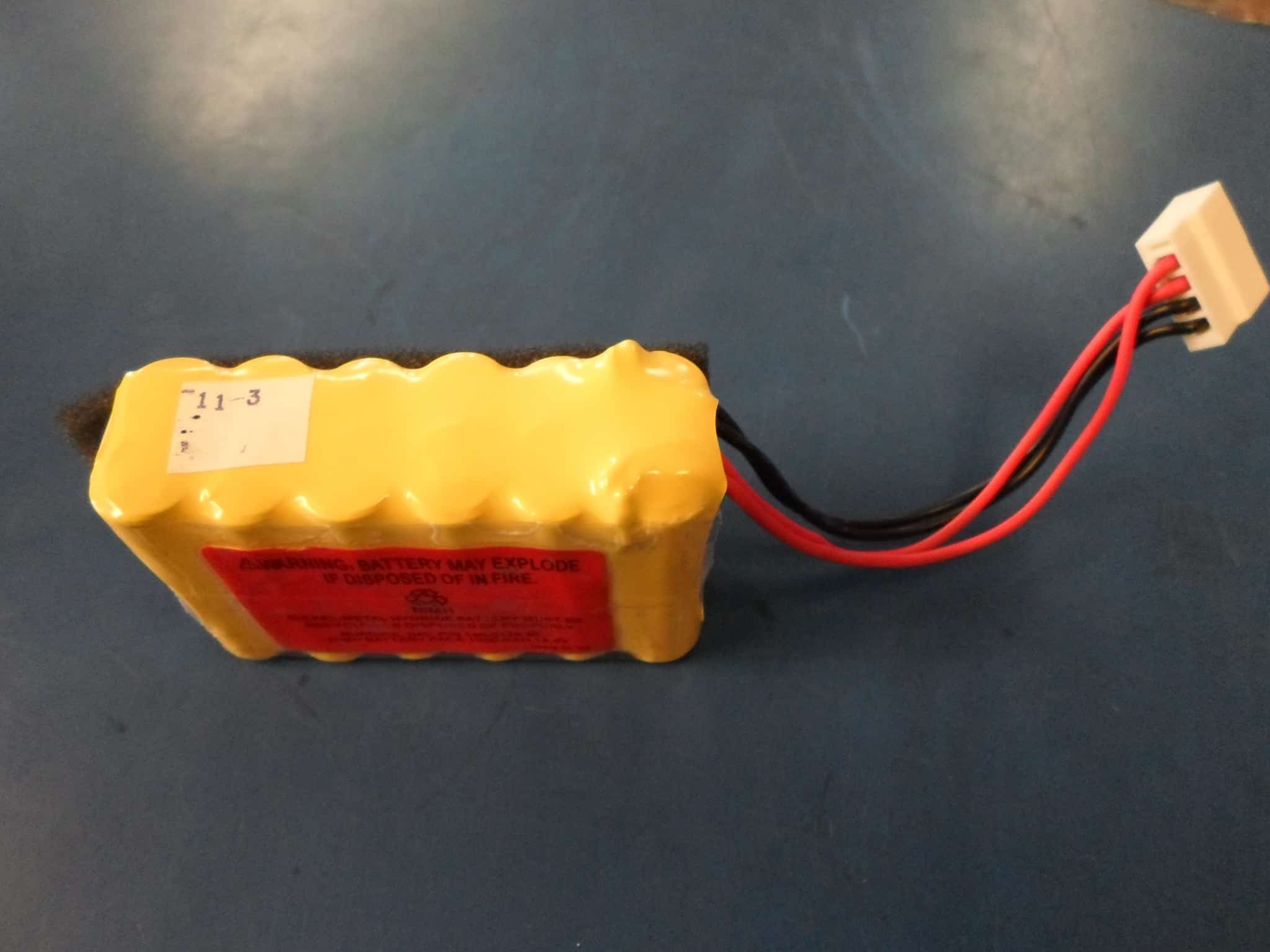
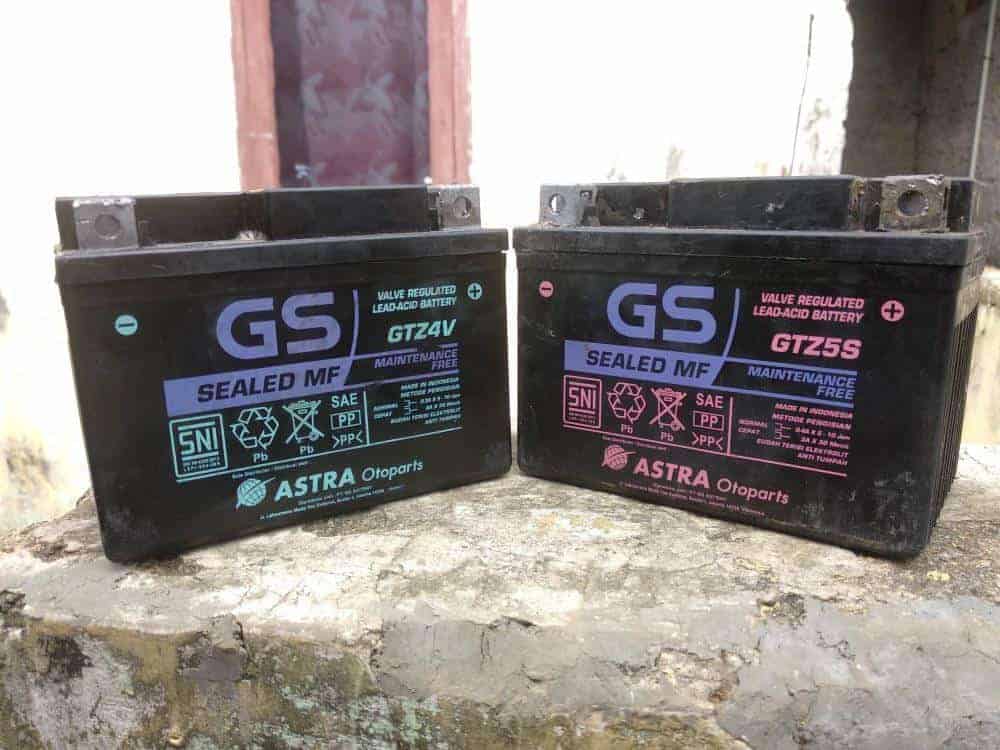
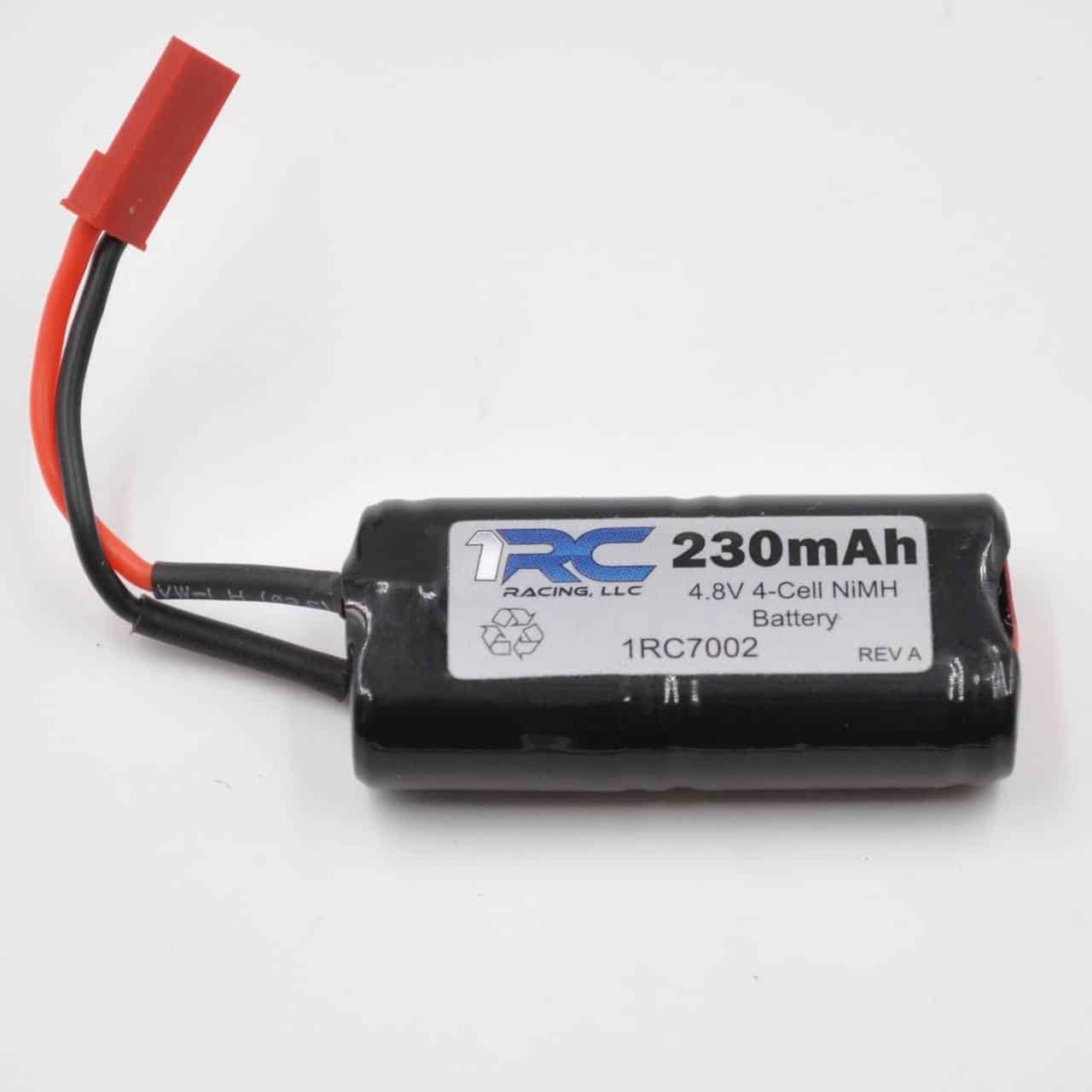
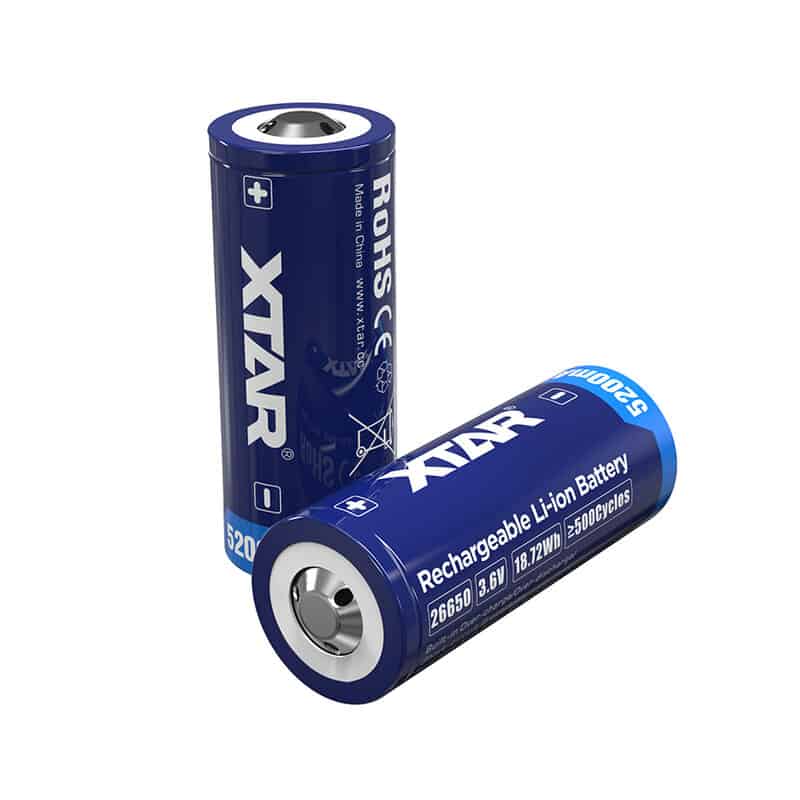
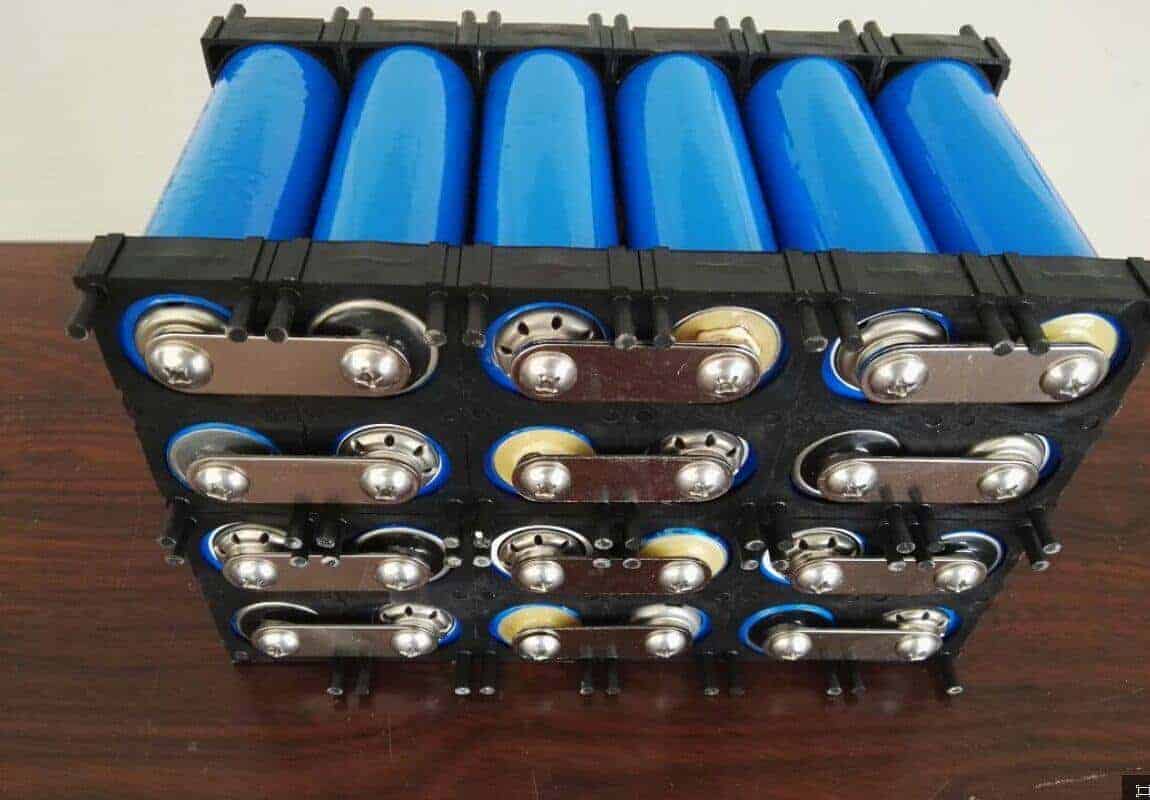
I have given up looking for our garden battery type. We brought a lot over from Australia. I am looking for some + Ni-MH2/3AA300mAh .1.2V batteries. Can you advise please.
Thank you